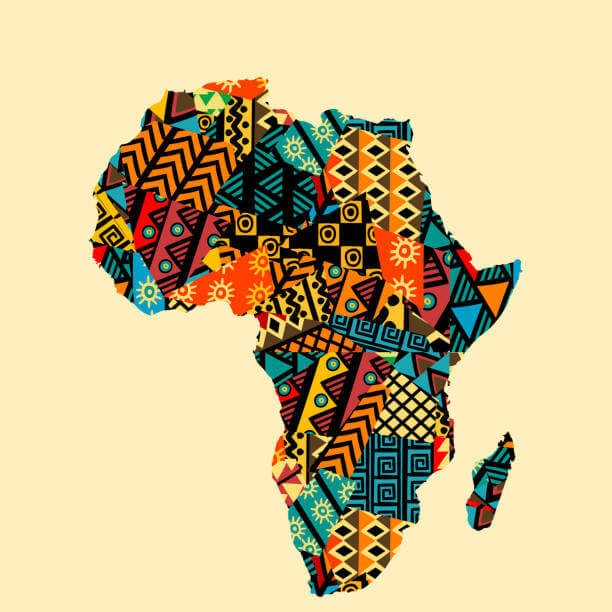
Eazy Travels & Tours: 6 African Artifacts You Will Find Overseas
- August 30, 2021
- Articles
It is common fact that Africa is a land rich with numerous and enthralling cultures, from ancient times till date. True to this, the beautiful continent was once littered with ancient cultural artifacts. Some have been ravaged by time, some preserved, and some lost ‘in a manner of speaking to foreign lands.
Today’s Eazy Travels & Tours article is delving into 7 of these African artifacts that no longer reside home, but overseas. You might be inspired to book a trip to where these African artifacts can be found, just to take a peek at them. It’s sad that they aren’t home/accessible, but nevertheless, such a trip would be worth it.
1. Benin Bronzes
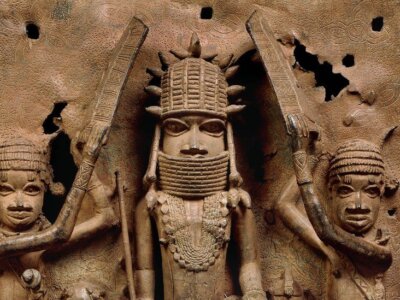
After their theft in 1897, and though roughly half of them became the property of the British Museum, many were purchased by museums in Austria, Germany, and the United States. Some also ended up in private collections; renowned Spanish painter Pablo Picasso supposedly owned one.
Nigeria has asked repeatedly for the specimens currently housed in the British Museum to be returned ahead of the opening of their new national museum in Lagos. Currently set to open in 2021, it will include state-of-the-art facilities for housing and preserving art and artifacts, and would pose only benefits to the preservation of these works.
2. Magdala Treasures

Though a thorough catalog of the items stolen is not available, many artifacts from this haul have maintained their provenance since, and Ethiopia — which has ceded territory but was never colonized by Europeans — has requested their return.
Unfortunately, the Victoria and Albert Museum, which arguably holds the most prized pieces of the haul, has not been entirely transparent in its talks with the Ethiopian ambassador to the UK about returning the items.
3. Zimbabwe Bird
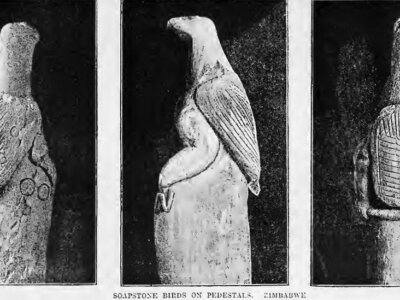
Presently, nearly all of the soapstone sculptures have been returned, even five from the nation of South Africa. Ironically, this is also the country wherein the last missing bird remains. In Cape Town, in Rhodes’ former estate, now a museum is known as Groote Schuur, the bird still sits in the colonizers’ former bedroom.
4. The Burst of Nefertiti
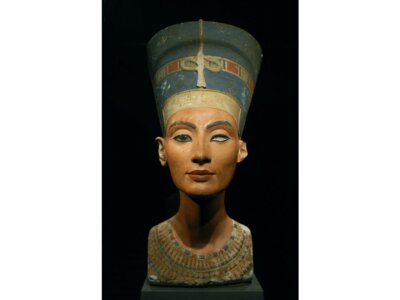
Though it has moved between many German museums in the years since, it is currently housed by the Neues Museum in Berlin, though Egypt has been asking for it to be returned since its public debut in 1924. Former director of Egyptology Zahi Hawass asked for the bust to be returned in 2008 to coincide with the opening of the Grand Egyptian Museum in Giza.
5. Bangwa Queen
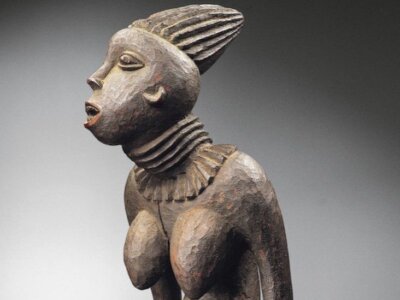
Sculptures were made of titled royal wives or princesses and would be referred to as Bangwa Queens in the Bangwa land of present-day Lebialem district of Cameroon’s South-West region. The Bangwa Queen was either given to or looted by the German colonial agent Gustav Conrau in around 1899 before the territory was colonized.
It ended up in the Museum für Völkerkunde in Berlin and was then bought by an art collector in 1926. According to the New York Times, US art collector Harry A Franklin bought the carving in 1966 for $29,000 and after his death, it sold at a Sotheby’s auction for $3.4m.
The Dapper Foundation in Paris, France now owns the Bangwa Queen sculpture – and it was on display at the Musée Dapper until 2017 when the museum that focused on African art closed because of low attendance and high maintenance costs.
Traditional leaders of the Bangwa have been corresponding with the foundation, requesting its return to Cameroon.
6. Egyptian Rosetta Stone
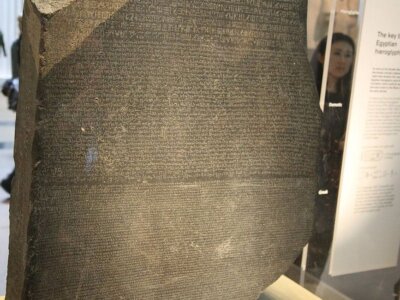
It is uncertain how the stone was discovered in July 1799, but there’s a general belief that it was found by soldiers fighting with the French military leader Napoleon Bonaparte as they were building an extension to a fort near the town of Rashid – also known as Rosetta – in the Nile Delta. When Napoleon was defeated, the British took possession of the stone under the terms of the Treaty of Alexandria in 1801. It was then transported to England, arriving in Portsmouth in February 1802. George III offered it to the British Museum a few months later.
Undoubtedly there are more African artifacts in foreign lands that are lost or forgotten, however, we hope that they are eventually returned to their rightful homes one day. Be that as it may, which of these artifacts would you travel overseas to see? It’s the Benin Bronzes for us.





0 Comments